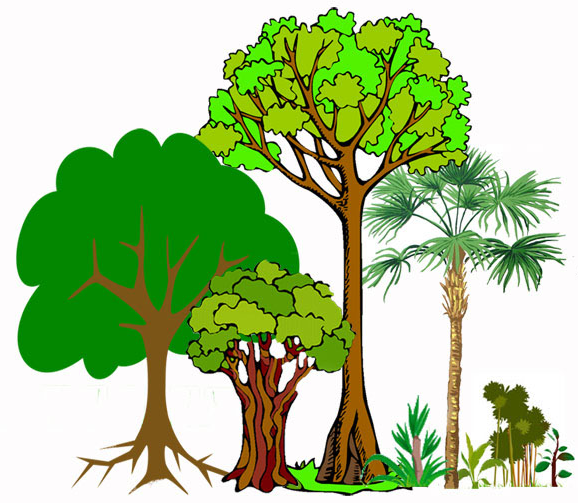Tree Stratification in the Permanent Plot of HPPB Andalas University Padang
Abstract
Stratification is the distribution of vertical indoor plants. All plants in the community are not the same size and are not vertically the same space. The canopy stratification in tropical rainforests can be divided into five strata sequentially from top to bottom, namely stratum A, stratum B, stratum C, stratum D, and stratum E. The research was conducted in May - June 2019 at the HPPB Biology Education Research Forest Permanent Plot. an area of 1 ha which aims to see the stratification of trees in HPPB Andalas University Padang. The method used is stratified sampling by considering the proportion of canopy cover that is in the HPPB Permanent Plot. Then make a sample plot in the form of a path with a contour perpendicular to the size of 20 x 100 m on three observation paths. Stratification of this tree is made by taking data on the diameter and height of tree trunks with a scale of 1: 200 on millimeter paper. Based on the research results found 40 species with 3 strata. namely strata A, B, and C. The absence of strata D because the HPPB Permanent Plot research location is a secondary forest which is only designated as a research site and there is no disturbance by humans that has long experienced growth.







